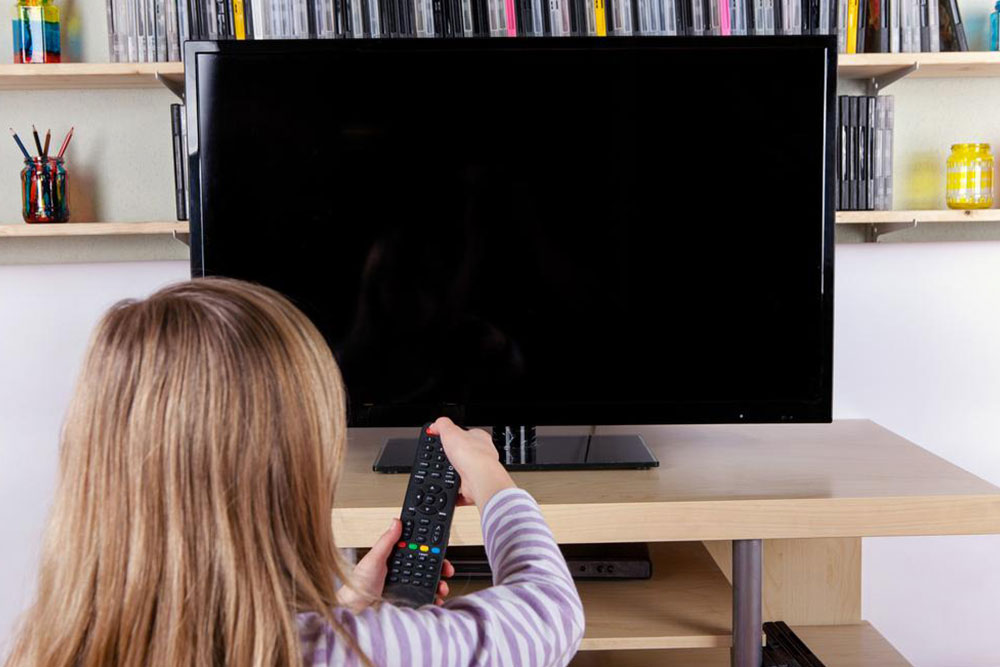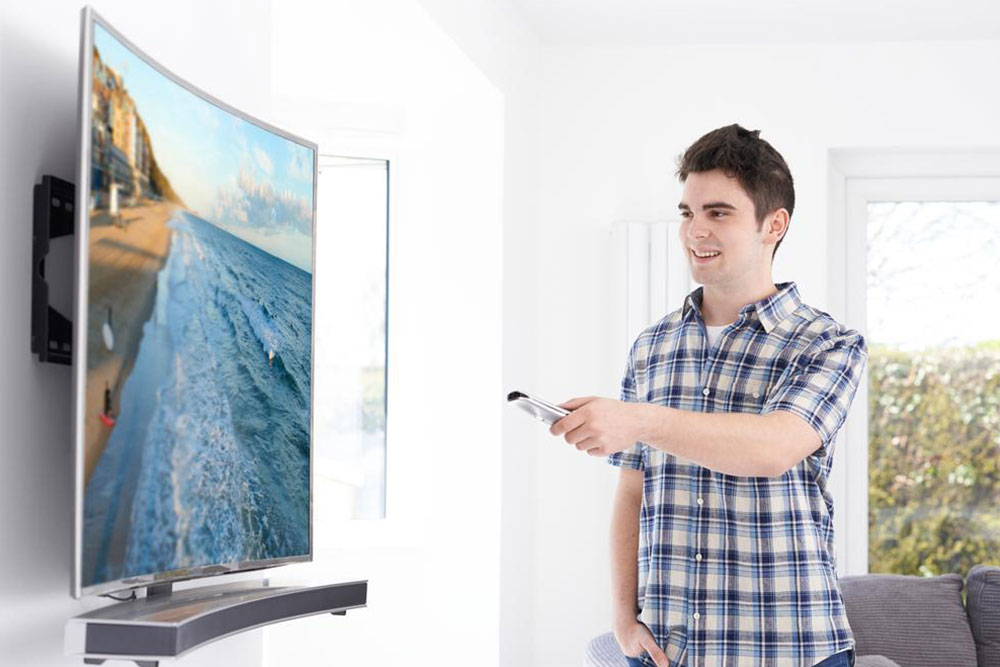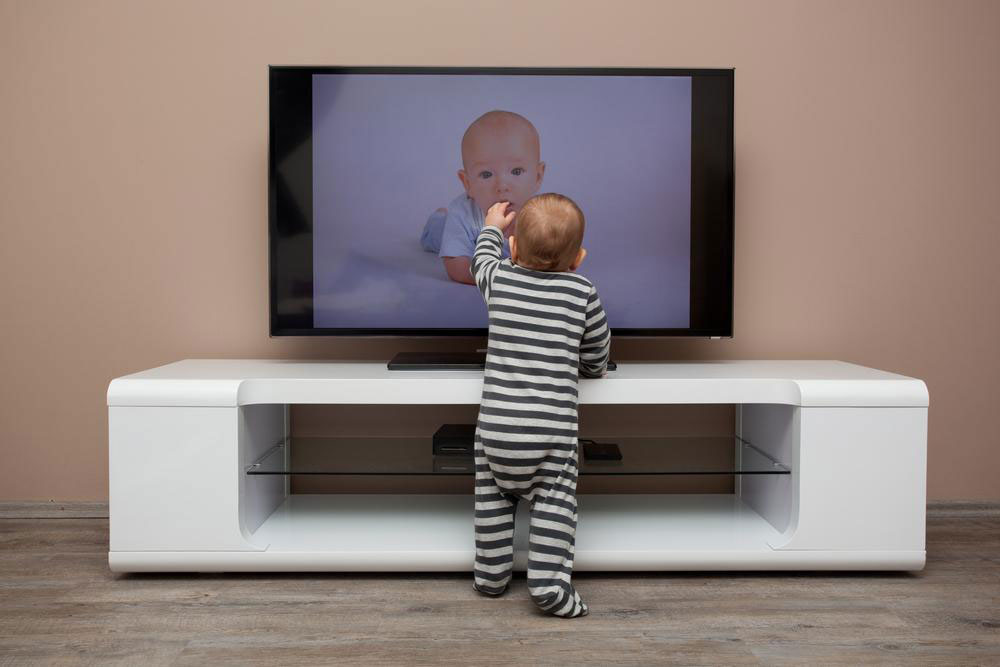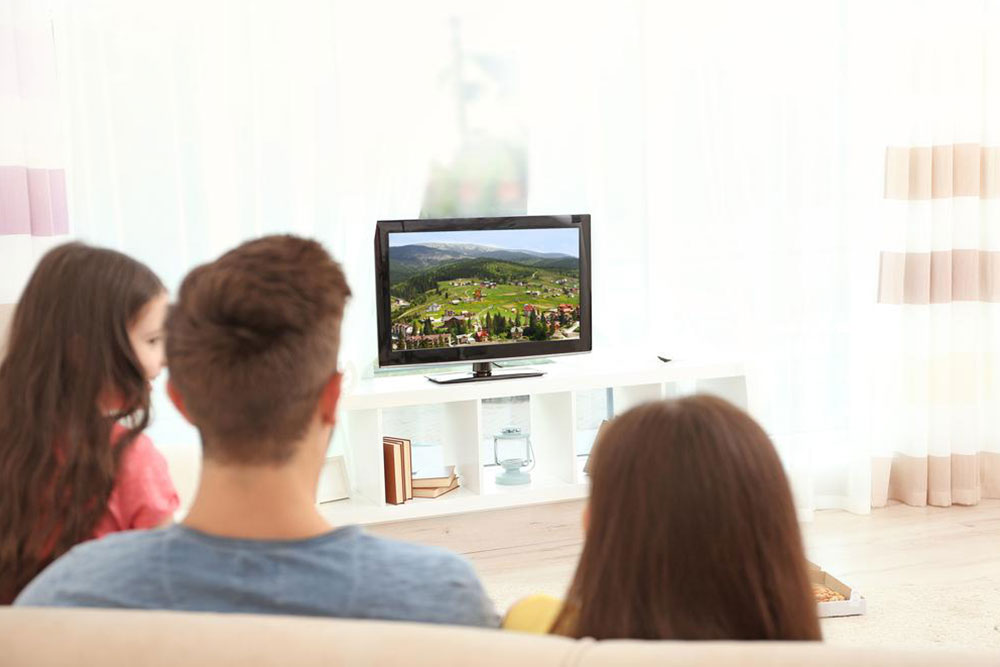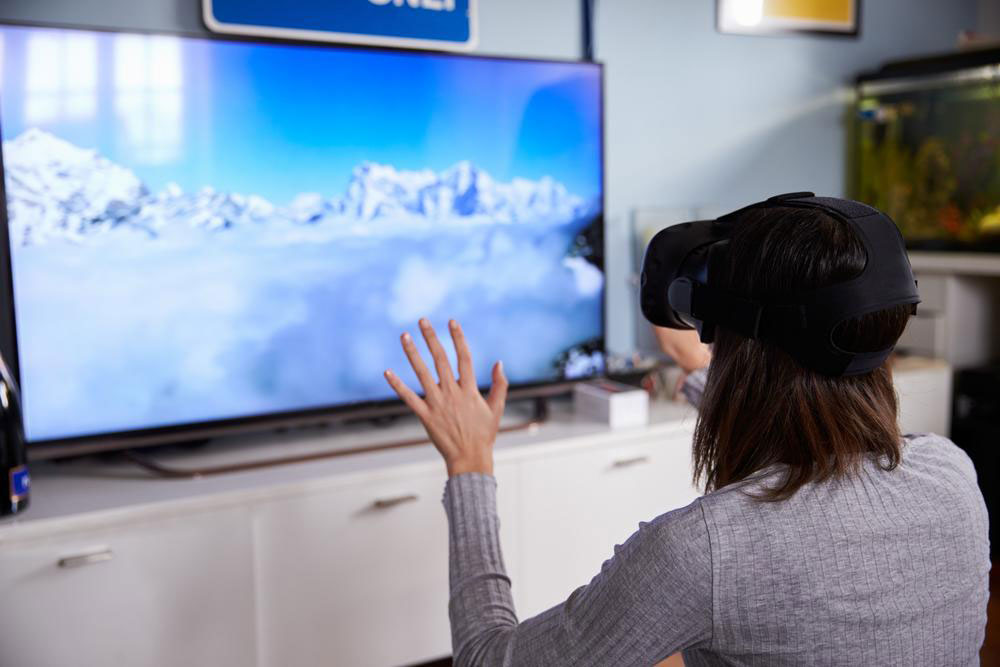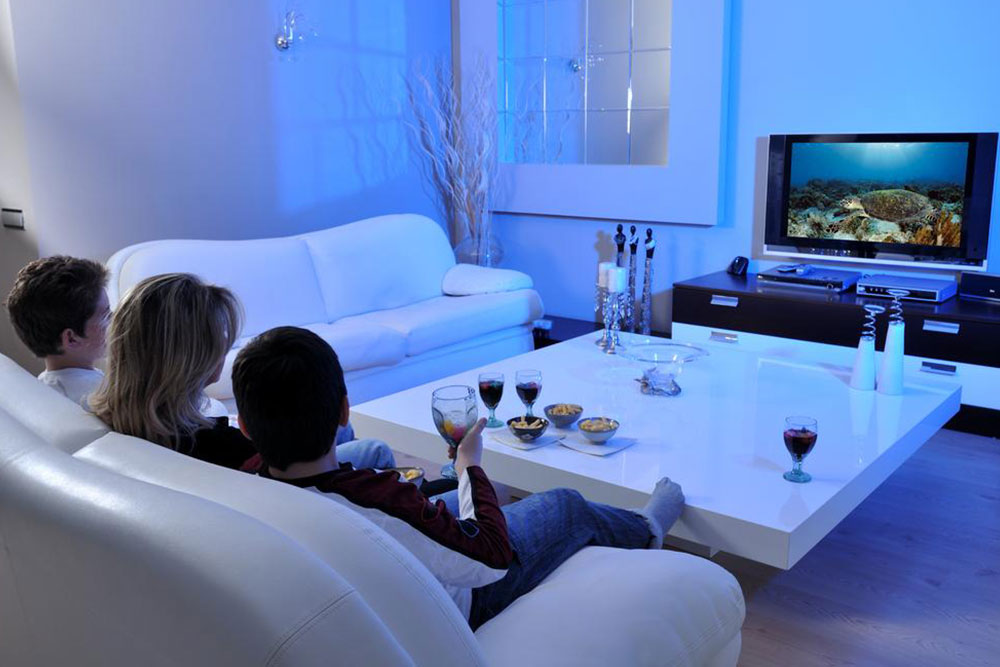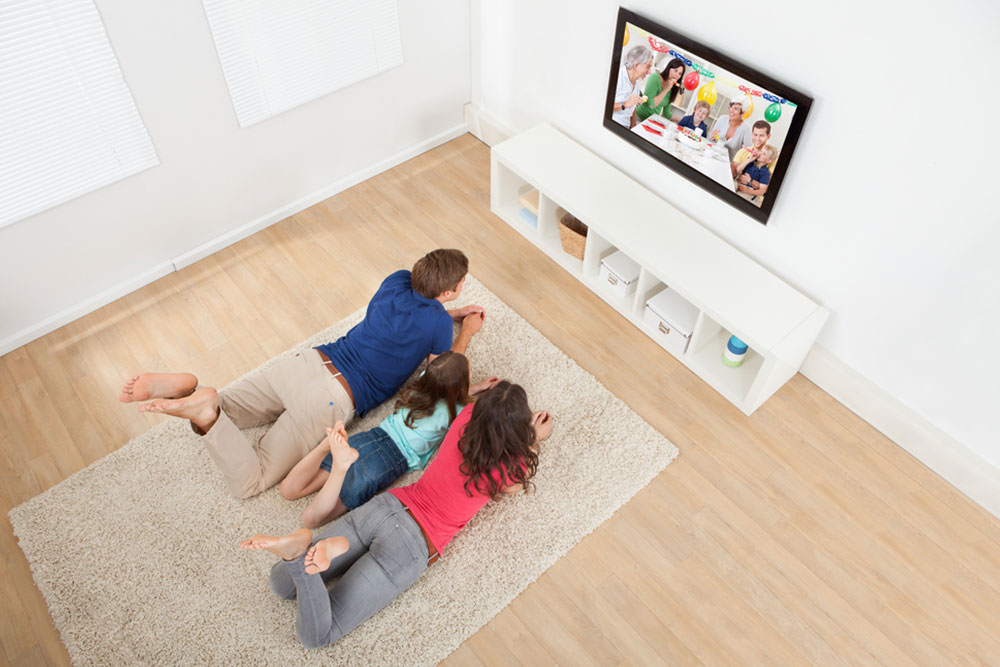Advantages and Disadvantages of Choosing a Samsung Curved Television
Explore the key advantages and disadvantages of Samsung's curved TVs, including immersive viewing, depth perception, reflection issues, and optimal seating positions. Learn if a curved TV fits your space and viewing preferences before making a purchase.
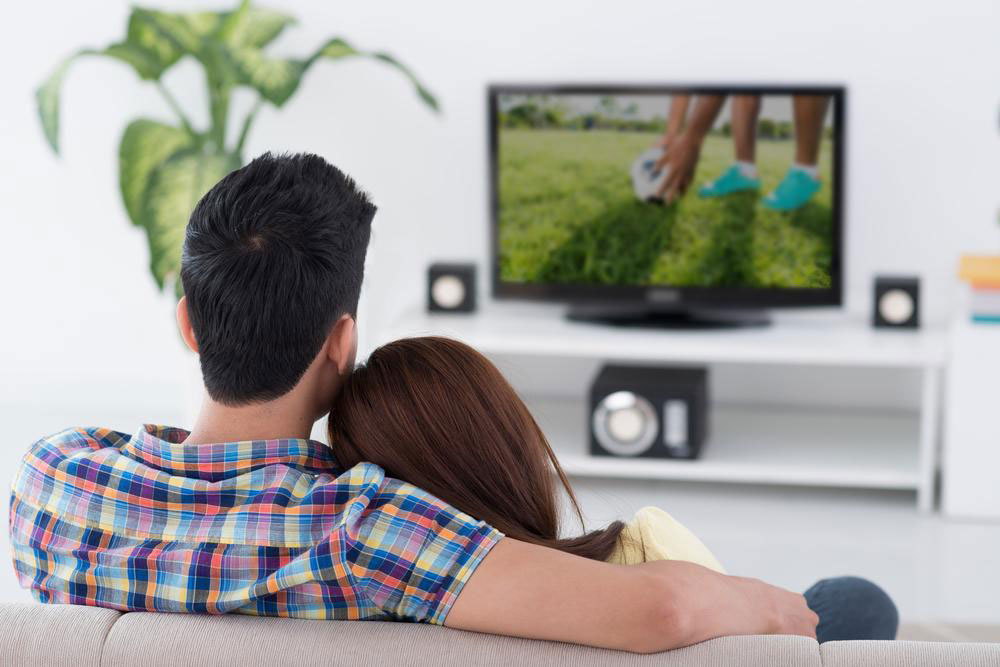
Advantages and Disadvantages of Selecting a Samsung Curved TV
Samsung offers both flat and curved television options. This article focuses on the pros and cons of the 55-inch Samsung UN55MU8500FXZA 4K smart LED curved TV.
Benefits of opting for a Samsung curved TV
Here are the key advantages:
Enhanced immersive experience
The curved design of this TV pulls the viewer into the picture, making the viewing experience more engaging. The curve directs the content closer to your field of vision.
Depth perception
Watching on this curved display gives a sensation of three-dimensionality. The curved edges tilt toward you, creating a heightened sense of depth. Samsung enhances this effect with depth processing that adjusts contrast and visual layers.
Drawbacks of selecting a Samsung curved TV
Some limitations include:
Reflection issues
The curved surface can amplify reflections from bright light sources in the room, potentially distorting the viewing experience. Additional room lighting adjustments may be necessary.
Restricted viewing angles
Side angles beyond roughly 35 degrees may cause image distortion, reducing picture quality from certain positions.
Optimal viewing position needed
To fully enjoy the curved TV benefits, viewers should sit directly opposite the screen at a proper distance. This can be inconvenient for larger groups or multiple viewers.
Available in 55 and 65 inches, the Samsung UN55MU8500FXZA (a 2017 model) offers superior contrast and vibrant colors, making it suitable for spacious rooms. However, room size and seating arrangement are critical factors to consider before purchasing this TV.
Understand the advantages and limitations to make an informed decision suited to your viewing habits and space.

